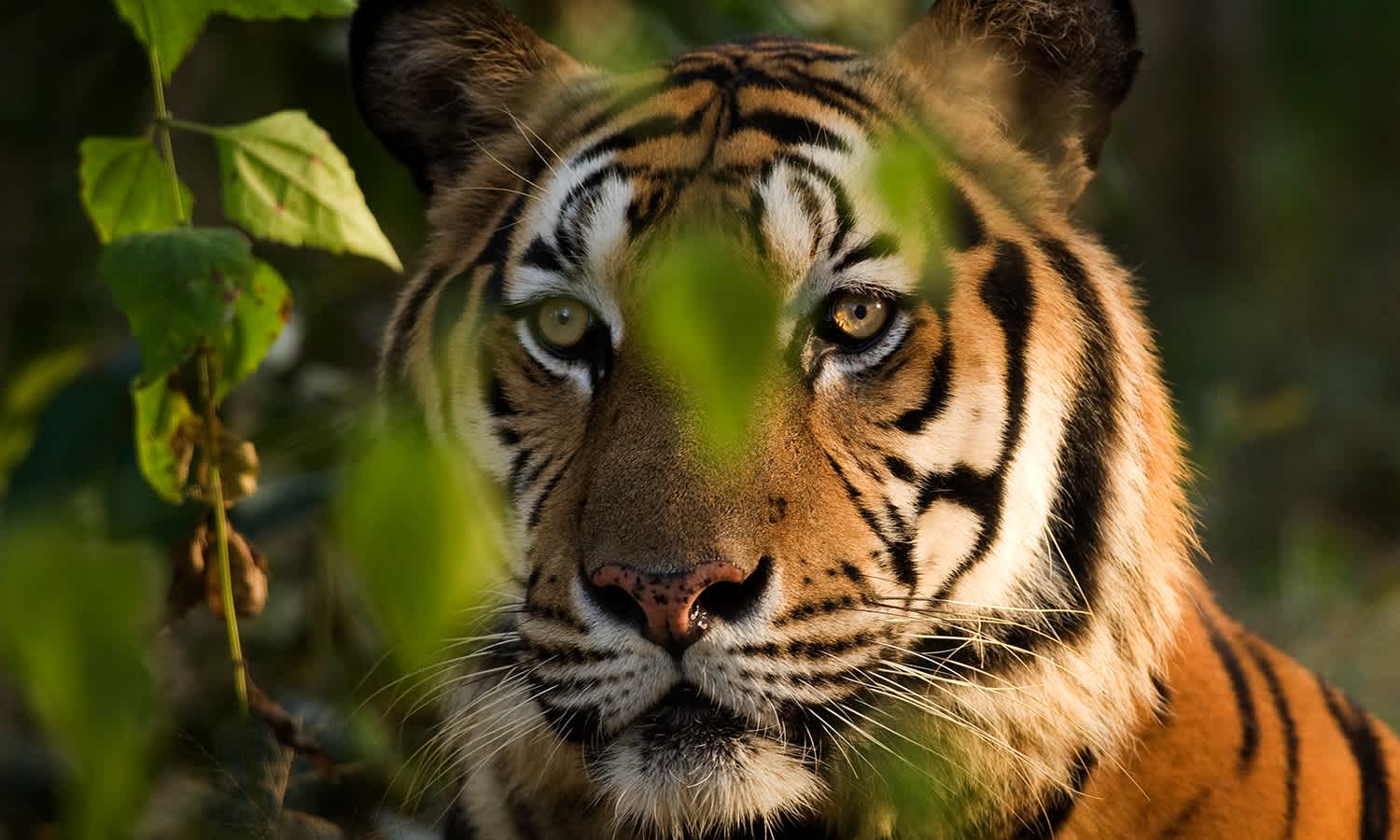
Fauna & Flora
Fauna & Flora is the world's oldest international wildlife conservation organisation

Fauna & Flora has a successful track record in conservation spanning well over a century. The charity is renowned for its innovative, landmark programmes, many of which are cited as conservation best practice. Today, Fauna & Flora works in more than 300 sites and over 40 countries, and influences the conservation of over 50 million hectares of crucial habitat on land and at sea.
Fauna & Flora tackles a broad spectrum of conservation challenges through partnerships with local organisations, governments and community groups. Whether protecting vanishingly rare primates in Vietnam, conserving fruit-and-nut forests in Kyrgyzstan or saving sea turtles in Nicaragua, the charity is committed to working closely with local partners. With this proven approach, Fauna & Flora has helped species – both iconic and obscure – to avoid extinction, including (to name just a few) the Arabian oryx, the Pemba flying fox and the Antiguan racer snake (which has bounced back from just 50 individuals to a population of 1,100).
For more information of Fauna & Flora's vital nature conservation work, please visit https://www.fauna-flora.org/
Head office and contact info
David Attenborough Building
Pembroke Street
Cambridge
CB2 3QZ
